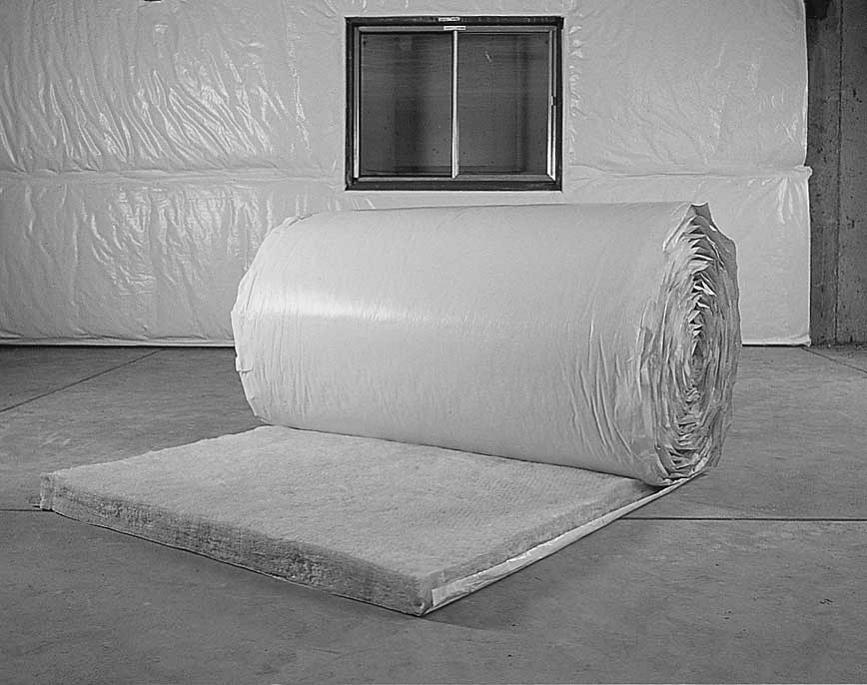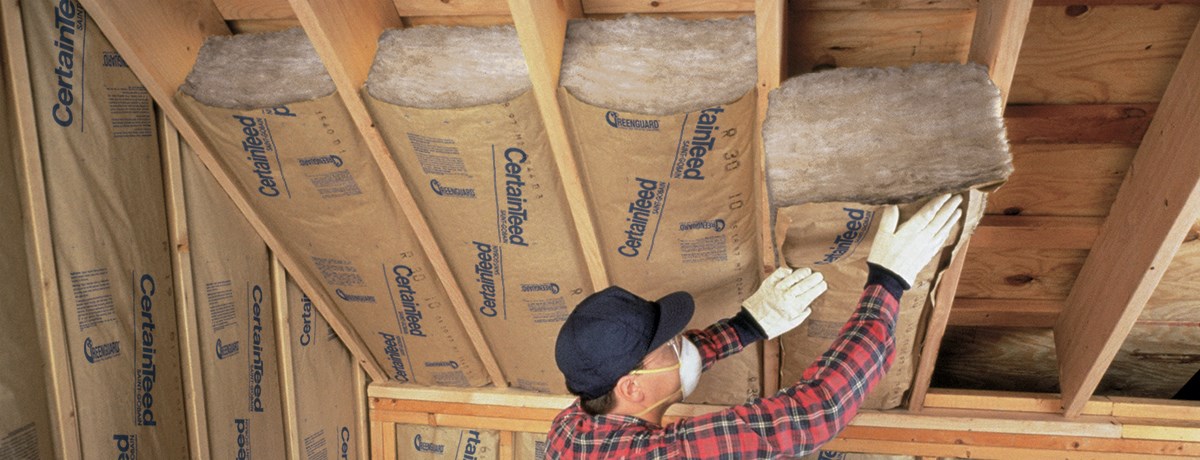Blow-in insulation is one of the most effective insulation products in the market. One of the many advantages it has is to provide complete coverage of the specific area so that there are no gaps in the insulation and consequently there will be no escape of hot air.
Installing blow-in insulation requires protective gear. It is not as simple as nailing a painting to your living-room wall. If you cannot wear adequate protective gear when installing blow-in insulation, you are risking your health and even the effectiveness of the blow-in insulation installation.
First Things First
Blow-in insulation is one of the best products you can acquire for effective insulation. It is a great product to have if you are planning to prepare your home for the weather changes that come about during the rainy and cold seasons.
It is not something that you can achieve in 1 or 2 hours. Rushing the entire project will only cause the insulation to improperly settle, expand, nor to insulate adequately. In consequence, all the work you would have done by that time will be lost.
Consider how much time you have and can dispose of to set and install the insulation. Also, determine how many rooms or areas are you planning to insulate during that window of time. Do not forget to factor moving things around and any maintenance, repair, or otherwise changes that have to be done to the areas before installing the blow-in insulation.
Ideally, the room where you will install blow-in insulation should be empty and with no need for repairs. If the area is not new, then be sure to check for the status of the installations before commencing the installation of the blow-in insulation.
When you strategize what you need to do and how you are going to be doing, for instance, the moving of furniture and installations off from one area or room to install insulation in it also implies that you will be tired and will need rest. This will add time to the complete installation process.
Another thing to consider is the time you will devote to this project comprehends the base of the room or area in which you will be working. If the plan is to renew, replace, or install insulation in a room that is currently under-use, you will need to ensure that the utilities are working properly. It is a perfect time to check the electrical installation and verify that there is no other utility installed or that any other utilities are also working properly.
You might also want to consider installing any new utilities, commodities, or beautification ornaments. These things add to the time that you will need to allocate in the insulation installation. And on the security gear, you will need to wear it.
Security gear used in these times might differ somewhat or completely from the security gear you should wear when installing insulation. Therefore, it will always be advisable for you to work on total days. For instance, if you are planning to work in a bedroom and:
- Install a gas-powered chimney
- Renew the electrical installation
- Change the lamps
- Add an electrical outlet
- Replace existing insulation for blow-in insulation.
Consider this amount of time and security gear:
- Gas installation: one day.
- Removing of all furniture off the room: One day
- Electrical utility: lamps and outlet: one day
- Electrical utility: renew the whole installation: One day
- Remove existing insulation if damaged: one day
- Installing blow in insulation: one day
- Finishing the repair: setting up drywall and painting: two to three days
- Returning the furniture to the room: One day
One of the biggest problems with homeowners and people who prefer to do things on their own is the belief that they can just work all day and cut the time that takes to do all of these things short by half. While sometimes, this -could be the case, such as when you are installing a new lamp or setting up an outlet; there are things that must take longer. One of such things, for instance, is the renewal of the electrical installation.
Things that take time to do so because it is important to ensure that the installation is fault-proof from the start. When working with gas setups you want and should be made sure that the whole setup is perfect. Gas leaks can lead to explosions, fire, and death.
What About the Security Gear?
As it has been discussed, each one of the previous installations requires a slightly different security gear outfit. While there are people who think that there is no genuine need to wear full protective gear it is important to remember that security gears are there to protect much more than the clothes you are wearing.
Accidents can happen in the blink of an eye, and afterward, things will never be the same. Even a simple broken bone can heal differently and cause problems when the weather changes. So using the proper security attire is important.
Maybe you need to change security outfit items for working on either of the room. For instance, if you are welding you must wear a welding mask which will be unnecessary and wrong to use when you are working with insulation. Keeping the welding mask on will hinder your vision and cause more problems than benefits.
What to Use?
Regardless of what is it you need to work on all the other areas and tasks of the room or area where you will install the blow-in insulation, these are the security gear that you should wear for this task:
- Disposable clothes.
- Hard hat or construction helmet
- Protective eyewear
- Gloves
- Mouth mask.
Disposable clothes
Blow-in insulation is applied with a special machine that turns the material into foam that falls gently into the area that is to be insulated. As foam, it has a soft texture that can be easily removed with little effort when it's freshly installed. As time passes, it hardens, and it needs to be cut to be trimmed. Therefore, if it falls on fabrics, while wet it can be swiped away, the residue will harden on the fabric making it to remove.
However, it is advisable that you find old clothes rather than ragged and tattered. Clothes with holes and tears will make it easy for you to get stuck on nails and crevices and also expose your skin to getting hurt.
Make the same consideration for undergarments, and shoes, and socks.
Hard hat or construction helmet
It might seem that this security item is unnecessary if you are working on an already built house. Yet this is still a necessity, especially if you plan to work on closed and low-ceiling spaces. When you are working, you focus your attention on whatever you are doing, so getting up with impetus and without consideration of where you are is a common mistake.
While this mistake rarely endangers your life, it can cause bleeding and serious damage when you bump your head into a hard surface. Additionally, if you are in a place where maintenance is being done, it is always best to aim for extra caution.
Protective eyewear
Taking care of your eyes is probably one of the most important things that you can and should do when installing blow-in insulation. Wearing protective eyewear will prevent debris from lodging in your eyes and causing serious damage.
Of course, if you are not actively repairing the room where you will install the insulation, there might not be an evident need for the eyewear, but there have been times when flying debris causes lacerations to the eyes and emergency care is called for.
Gloves
Gloves might not seem a good fit as they tend to get in the way of touching and handling things. Many weekend do-it-yourself people state that they prefer to work without gloves, as they can’t grab a proper hold of their tools as they are working.
Mouth mask
This will protect your airways from any debris and small particulates that could wiggle their way to your lungs and cause anything from a mild cough to serious lung-related diseases.
There are many models of mouth masks available in the market. Any of them could help you if you keep them clean. As they get dirty and wet from transpiration and saliva, it is going to be harder to breathe through them. Replace them every so often.
Some people might consider using a reusable mouth mask and while this is a good idea that will save money in future projects, do not wear one while it's wet and you are working. The power of your inhalation will attract more debris













